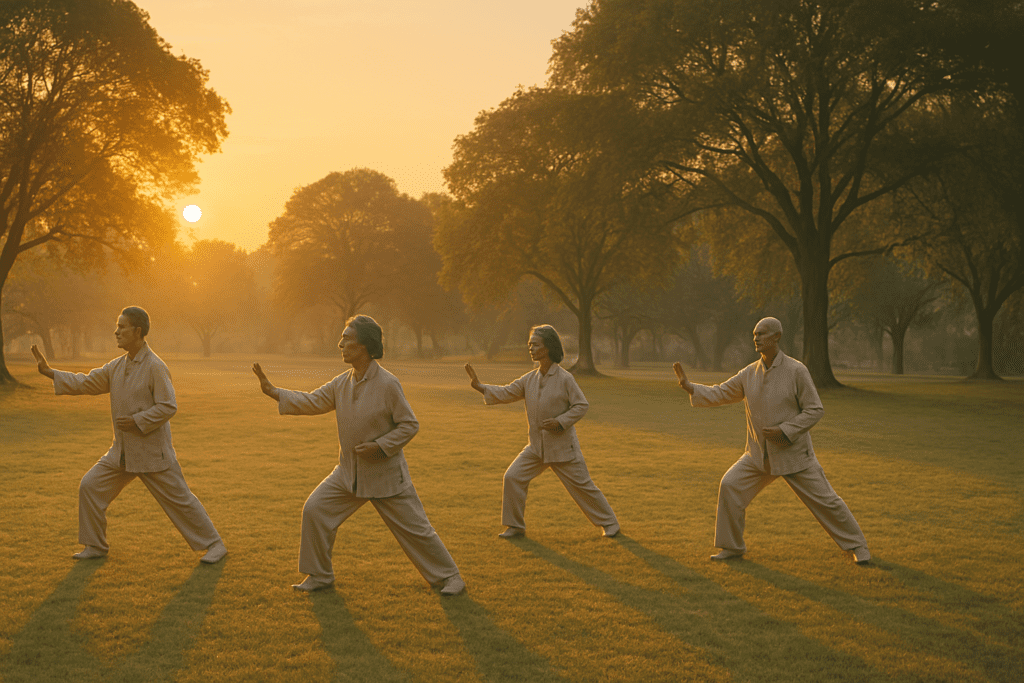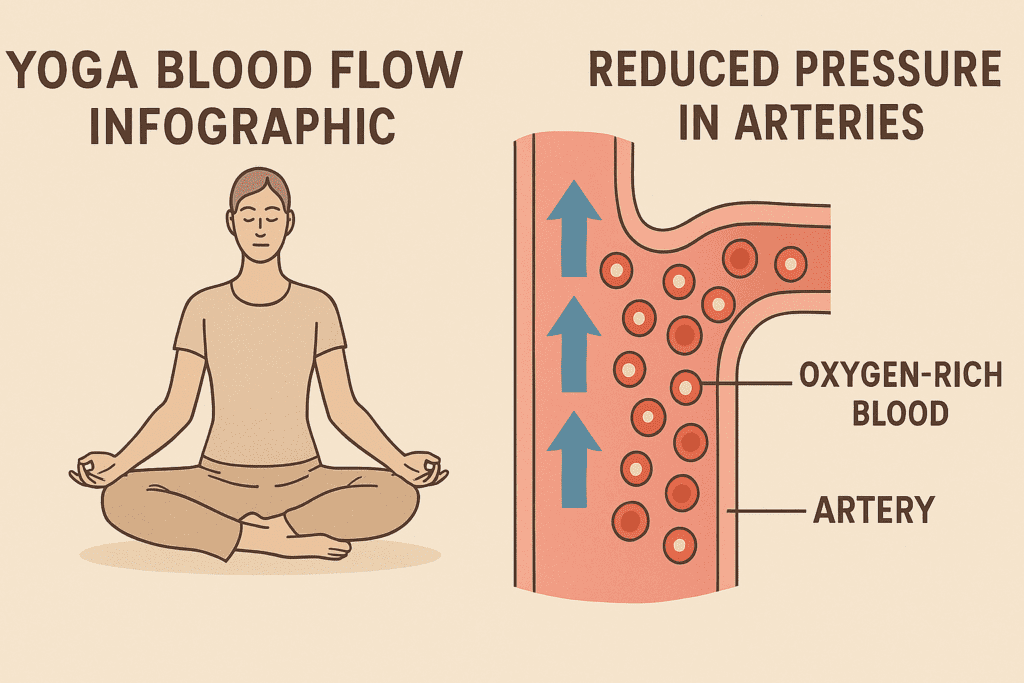How Tai Chi, Yoga, and Meditation Lower High Blood Pressure Short-Term
The Rising Appeal of Mind-Body Practices for Hypertension
With nearly 1.3 billion adults worldwide living with hypertension, the search for accessible, drug-free solutions has intensified. Recent studies highlight promising short-term benefits of Tai Chi, Yoga, and Meditation in lowering elevated blood pressure—a breakthrough for those seeking immediate, natural relief.
How Mind-Body Practices Affect Blood Pressure
These ancient practices share a common thread: they activate the parasympathetic nervous system, counteracting stress-induced blood pressure spikes. By combining movement, breathwork, and mental focus, they create a “relaxation response” that directly benefits cardiovascular health.
Tai Chi: Gentle Movement, Powerful Results
Tai Chi’s fluid, low-impact sequences enhance circulation and reduce arterial stiffness. Research shows that even 20-minute sessions can:
– Lower systolic blood pressure by 5-10 mmHg
– Improve endothelial function (vessel flexibility)
– Reduce cortisol levels tied to vascular stress

Yoga: Stretching Toward Balance
Yoga’s blend of postures and controlled breathing (pranayama) offers dual blood pressure benefits:
– Dynamic poses like Downward Dog boost blood flow to vital organs
– Slow-paced routines lower adrenaline production
– Studies report acute reductions in BP within 45 minutes of practice
Meditation: Calm Mind, Healthier Heart
Focused mindfulness or loving-kindness meditation triggers:
– 10-15% decreased heart rate during sessions
– Dilated blood vessels via nitric oxide release
– Reduced inflammation markers linked to hypertension

Why Benefits Happen Fast
Unlike long-term lifestyle changes, these practices yield measurable effects quickly through:
Instant Nervous System Shift
Deep, rhythmic breathing stimulates the vagus nerve, immediately easing tension in blood vessel walls. This can lead to a 5-8 mmHg drop in blood pressure post-session.
Oxygen Optimization
Controlled respiration increases oxygen intake, improving how efficiently blood circulates—a key factor in short-term BP management.
A Gateway to Sustained Health
While the short-term effects are compelling, regular practice amplifies results. Pairing these techniques with diet adjustments and medical guidance creates a robust defense against hypertension.




